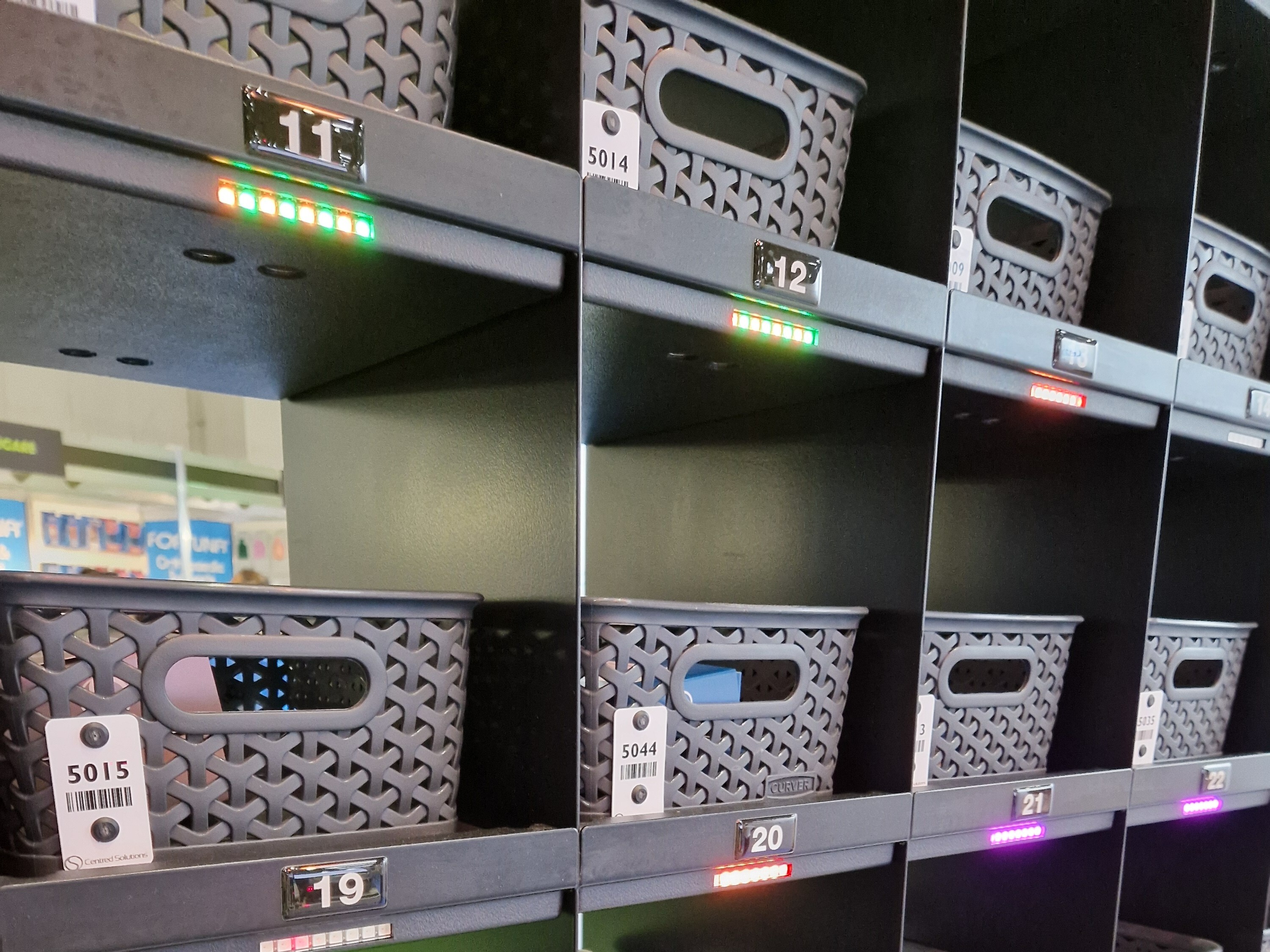The long-awaited changes to pharmacy legislation in the UK took a significant step forward this week at a Parliamentary debate committee of the Draft Human Medicines (Amendments Relating to Hub and Spoke Dispensing) Regulations 2025. After a 30 minute debate on the topic, the committee of cross-party MPs gave their approval for the Government to move ahead with the proposals which aim to modernise medicine dispensing, improve efficiency, and ensure a level playing field between pharmacy chains and independents.
What Was Debated?
At the heart of the discussion was the introduction of hub and spoke dispensing between different legal entities. Currently, only pharmacies within the same company can operate a hub and spoke model. The proposed change will remove this restriction, allowing independent pharmacies and dispensing doctors to benefit from centralised services too.
The Minister for Care, Stephen Kinnock, highlighted that the move supports a growing prescription workload of over 1.1 billion items per year and unlocks pharmacists' capacity to focus more on clinical roles, including NHS Pharmacy First services. He called this a "level playing field" reform to help small businesses compete and drive productivity:
“We have set out a pretty substantial [funding] uplift, £3.073 billion, for the pharmacy sector. We are hopeful that that will go some way to easing the tremendous pressures that the sector is facing. We also feel that the hub and spoke model will drive productivity, which we hope will enable pharmacies to do more with less. That will be a good way to address some of the funding challenges,” he said.
Model 1 vs Model 2: A Sticking Point
While two dispensing models were proposed during earlier consultations, only model 1 has been approved:
- Model 1: Medicines flow from the spoke to hub, back to the spoke and then to the patient.
- Model 2: Would allow spoke to hub and then hubs to send medicines directly to patients. These were excluded for now due to concerns about bypassing the pharmacist-patient interaction.
This decision prompted questions at the committee from MPs about the future of distance selling pharmacies, with some raising concerns about these pharmacies being left out of this evolution.
“By choosing only one model and not offering two, we are closing down the opportunity for not only patients but businesses. If we want to invent in the NHS, that seems a bad way of doing it. It is why the last Government suggested that having a couple of models allows people to invest in, invigorate and improve our system, because otherwise, innovation will fall behind,” Dr Luke Evans (Hinkley and Bosworth, Con)
In response the Mr Kinnock, reiterated the reason for removing model 2 from the current legislation changes and confirmed there were no plans to introduce it currently:
“Let me say a word on the rationale for choosing model 1. The main driver was the view that the most important aspect is the interface between the pharmacist and the patient. We felt that the spoke-to-hub-to-spoke-to-patient model best ensured the connection, at high street level, between the pharmacist and the patient, whereas the spoke-to-hub- to-patient model would somewhat cut the high street pharmacist out of the loop. That was a balanced judgment, it was not a slam dunk.
“The Government are still open to looking at model 2. We certainly keep things under review, and we want to see how model 1 goes. If there is a feeling that it needs to be reviewed, we would be happy to do so. However, as things stand, we do not have any plans to do anything other than go with model 1, for the reason that I set out,” he said.
Sector Reaction Largely Positive
MPs Sadik Al-Hassan (North Somerset, Lab) welcomed the move as essential to pharmacy modernisation, efficiency, and safety.
“Although I am incredibly thankful to the Government for finally unfreezing the funding settlement after a near decade-long squeeze……, there remains great financial strain upon the sector and thus a clear need for modernisation to improve efficiencies. Innovation such as hub and spoke model 1 is how we enable that modernisation and unlock the efficiencies needed to ensure community pharmacy has a future.
“I can say with confidence that there is widespread support within the community pharmacy sector for hub and spoke model 1. It will finally provide the beloved village pharmacy a level playing field with the larger chains, which have been able to utilise these technologies for decades,” he said.
VAT Clarity on Services
During the debate Mr Al-Hassan asked for VAT clarity on services between hubs and spokes, saying his understanding is that it is currently treated as zero-rated, and there exists some uncertainty within the sector over whether that will still apply under model 1. He went on to ask what elements might be subjected to VAT and at a higher rate if that was no longer going to be the case.
In response, Mr Kinnock said “decisions on VAT are the responsibility of His Majesty’s Treasury”. And he encouraged the question to be asked of ministerial colleagues in that department.
What Happens Next?
The regulations will take effect on October 1, 2025, giving time for system adjustments across all UK nations.
This reform marks a major shift in UK pharmacy policy. By unlocking wider access to hub and spoke dispensing, the aim is to improve patient safety, reduce costs, and future-proof the profession. As implementation unfolds, attention will turn to how pharmacies adapt, how patients respond, and whether further reforms (like Model 2) are revisited.
“On the incentives, we are clear that this is a flexible business arrangement. All we have said is that we need to set out in writing how the relationship between the hub and the spoke will work. That is in the draft regulations. Letting that business relationship work with the greatest possible flexibility rather than trying to micromanage it too much with incentives set from the centre is the best way for it to work. As I say, however, every time we will want the assurance of a clear written relationship between the two,” said Mr Kinnock.
Let’s Build the Future of Pharmacy Together
FLOWRx was developed by pharmacy hub and spoke experts with extensive experience of pharmacy and central fulfilment. At Centred Solutions, we don’t just provide technology—we deliver strategy, support, and results.
Talk to us about how FLOWRx and our team of hub and spoke experts can help you transform your pharmacy today.




